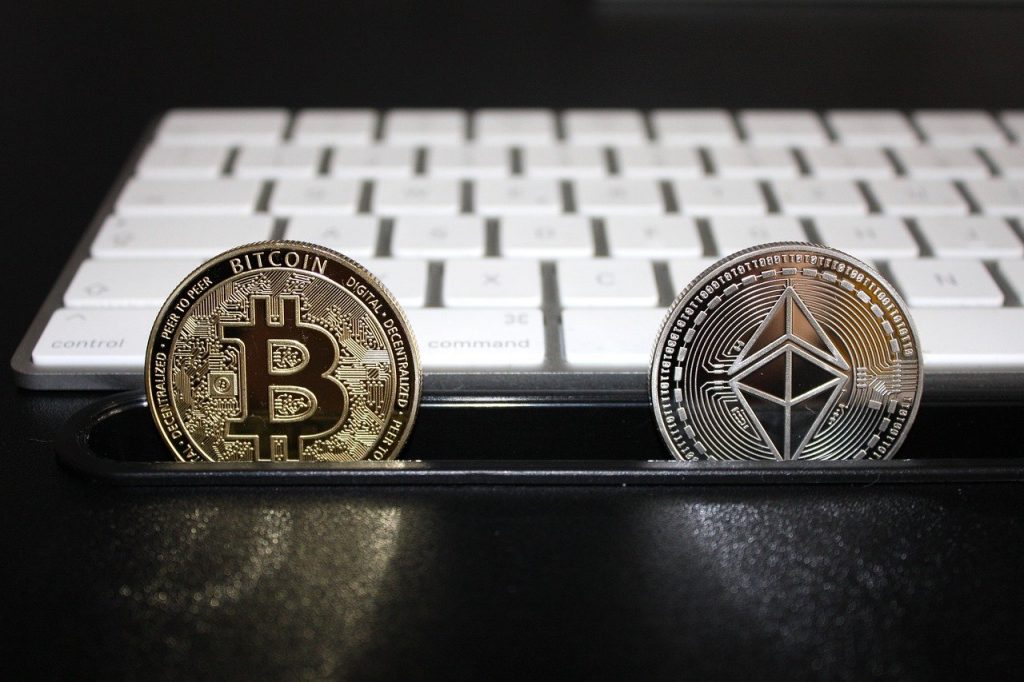The Ethereum blockchain’s highly anticipated transition to a proof-of-stake (PoS) consensus mechanism, known as The Merge, finally took place after months of anticipation and anxiety. As anticipated by certain industry participants, including Vitalik Buterin, one of the protocol’s co-founders, The Merge took place on September 15 at about block height 15537391 at roughly 2:42:42 a.m. ET.
According to data, the network’s hash rate plummeted from over 807 TH/s (terahashes per second) 24 hours before the occurrence to just under 750 TH/s minutes later. The hash rate did not appear to have decreased by as much as 50% from the week before the move.
Approximately at the moment of the merge, the USD price of the ETHW IOU briefly increased to a little over $60, according to data from Coinmarketcap. However, the cost had decreased to $43 as of the writing.
Over 41,000 individuals were watching an “Ethereum Mainnet Merge Viewing Party” on YouTube when the Merge began in earnest at 2:43 AM EST. They waited in anticipation as important numbers trickled in, showing that Ethereum’s fundamental systems had held up. The Merge finally concluded after 15 arduous minutes, which was deemed successful.
Crypto investors, enthusiasts, and skeptics have been eagerly watching the update, which reduces the network’s dependency on the resource-intensive process of cryptocurrency mining for the effects it is anticipated to have on the larger blockchain sector.
With smart contracts or computer programs that effectively use the blockchain as a global supercomputer, recording data onto its network, Ethereum, announced in 2015, built upon the fundamental ideas of Bitcoin. Decentralized financing (DeFi) and NFTs, the key drivers of the most recent crypto bubble, were made possible by this breakthrough.
As a result of The Merge, Ethereum’s proof-of-work system, which included crypto miners competing to add transactions to its ledger and earning incentives for doing so by cracking codes, is no longer in use.



